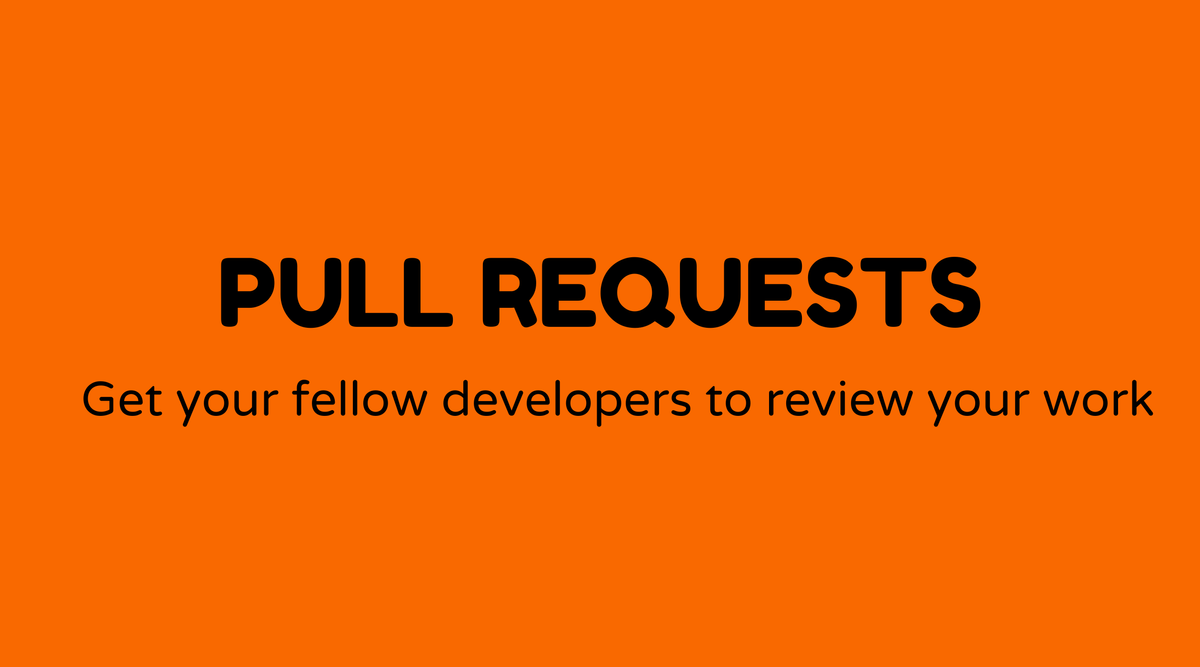Pull Requests

Overview of Pull Requests:
When collaborating on a software development project, you’ll quickly discover that pull requests are fundamental. A pull request allows developers to notify peers about modifications they've made to the codebase. Think of it as raising your hand in class to share an idea or gain feedback. It plays an essential role in contemporary workflows, especially in platforms like GitHub and Bitbucket.
So, what makes these requests so essential? Let’s discuss their importance and how they contribute to maintaining code quality and consistency across teams.
Why Pull Requests Matter:
Pull requests act as a cornerstone in version control systems. They promote collaboration by allowing team members to review each other's work, ensuring code quality and preventing bugs from infiltrating the main codebase. Without this system, keeping order in a multi-developer project would be quite challenging.
They also encourage participation among team members. By reviewing pull requests, developers learn from one another, sharing ideas and coding practices. This exchange ultimately helps in the creation of a more dependable, high-quality product.
Additionally, pull requests provide a layer of security. They offer a controlled setting where changes can be tested and discussed before being integrated into the main project branch. It’s similar to having a safety net underneath a tightrope.
What is a Pull Request:
In simple terms, a pull request is an invitation to review and discuss the code changes before they are merged into the main branch. Essentially, when a developer completes a feature or bug fix, they create a pull request summarizing the changes for others to evaluate. This includes code comparisons, comments, and potentially results from automated testing.
How to Create Pull Requests:
Creating a pull request involves several straightforward steps. Here’s a simplified guide to assist you:
- Develop: Write and test your code changes on a feature branch.
- Commit: Save these changes with clear commit messages.
- Push: Upload your branch to the repository.
- Open a Pull Request: On the repository's platform (e.g., GitHub), click the button to initiate a new pull request.
- Review: Provide a meaningful description and choose reviewers.
- Discuss: Engage with any feedback and make additional commits if necessary.
- Merge: Once approved, merge the pull request into the main branch or request a maintainer to do so.
Every team might have specific guidelines for each step, adjusting the workflow to their unique needs.
Examples of Pull Requests:
To illustrate, let’s review common scenarios:
-
Feature Addition: Imagine incorporating a new login feature into a web application. Your pull request would include new HTML files, additions to backend code, and any related CSS changes.
-
Bug Fixes: If you discovered a bug in the calculation logic, your pull request would outline the problem, present the corrected logic, and reference any addressed issues.
-
Refactoring: In this case, your pull request might involve code cleanup or restructuring. The objective would be to enhance readability or performance without changing functionality.
FAQs
What platforms commonly use pull requests?
Pull requests are common in platforms like GitHub, GitLab, and Bitbucket. They all serve a similar function but offer unique features to assist development workflows.
How do pull requests differ from push requests?
Pull requests focus on merging branches after review, while push requests refer to sending changes from your local repository to the remote one without collaborative checks.
Can pull requests be automated?
Yes, many elements of pull requests, like testing and code quality assessments, can be automated using tools like Jenkins or CircleCI.
How important are comments in pull requests?
Very! They provide context, address potential issues, and suggest improvements. They are foundational to the collaborative process.
Do pull requests replace code reviews?
No, instead, pull requests facilitate and formalize code reviews as part of their process.
What if a pull request is rejected?
Not to worry. Rejection is simply an opportunity for improvement. Review the feedback, make adjustments, and resubmit.
For a visual explanation, consider checking out this video on YouTube which delves deeper into the process and benefits of pull requests. Additionally, GitHub's official guide can provide further insights.
Understanding and effectively utilizing pull requests are essential skills for modern software development. They streamline collaboration, enhance code quality, and reduce bugs, making them invaluable in the developer's toolkit.



